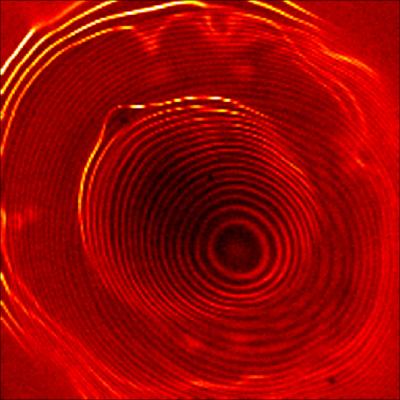Graphene shows excellent resistance to stress
Researchers from the University of Toronto have shown that graphene is highly resistant to fatigue and is able to withstand more than a billion cycles of high stress before it breaks.
The intrinsic strength of graphene has been measured at more than 100 gigapascals, among the highest values recorded for any material. But materials don't always fail because the load exceeds their maximum strength. Stresses that are small but repetitive can weaken materials by causing microscopic dislocations and fractures that slowly accumulate over time, a process known as fatigue.







